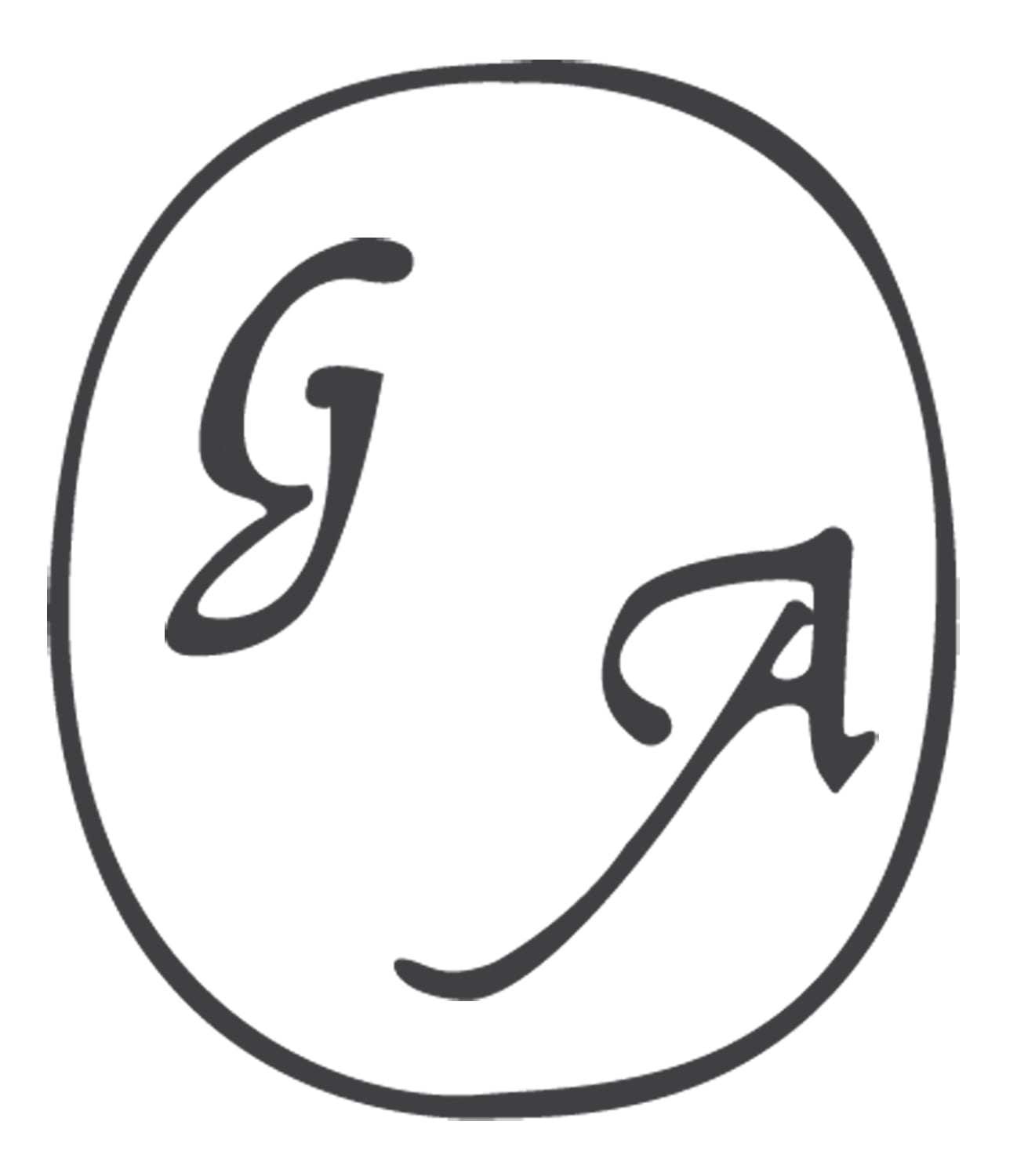Surrealism is perhaps the longest lasting artistic movement of the 20th century avantgarde; its methods have been adopted by artists long after its inception in the early 1920s.
Unlike many artistic and literary creative movements of the 20th century, Surrealism appears to have neither a firm beginning nor a definitive end. Its principals and methodology, having been adopted by artists of countless countries across western and central Europe, fall into two distinctive categories of expression. The first is the creation of art, or indeed literature, through unlocking the qualities of dream-like imagery that play with concepts of depth, perception and juxtapose objects on various planes. This is referred to as Surrealism Oneiric and in broad terms artist’s such as Salvador Dalí, Giorgio de Chirico and Paul Delvaux can be considered as the main proponents of this category. The second is perhaps the most complex and the boundaries of the definition are more fluid as it permits the artist to tap into the unconscious mind in order to simply create through action. This free-flowing spark of creativity is considered to be the most liberating technique, as the artist is not confined to learned arts, nor are they
restrained by conventions of style. This category is often known as Automatism and can be seen clearly in the creative processes of Max Ernst, Joan Miró and André Masson.

